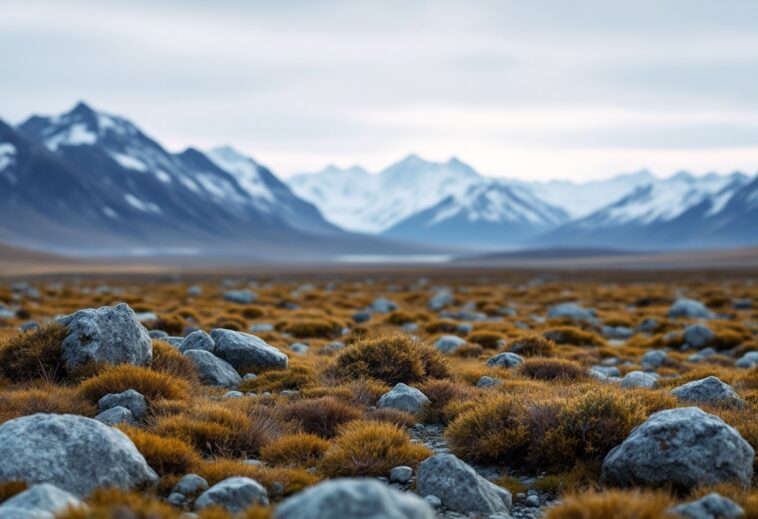Table of Contents
Introduction to the North Slope’s ecological significance
The North Slope of Alaska is a vast and ecologically rich region, covering approximately 1.3 million acres. This area is not only a crucial habitat for various wildlife species, including migratory birds, caribou, and polar bears, but it also holds significant reserves of oil and gas.
The Biden administration’s recent announcement to implement new protections for this sensitive Arctic environment marks a pivotal moment in the ongoing battle between environmental conservation and fossil fuel exploration.
New protections and their implications
In a decisive move, the Biden administration has established legal barriers aimed at slowing down drilling activities in the National Petroleum Reserve-Alaska (NPR-A).
This reserve, created in 1923, has been a focal point for oil extraction, but the new regulations require the Bureau of Land Management to assess the potential impacts of drilling on subsistence hunting and fishing practices among local communities. This step is crucial, as it acknowledges the traditional lifestyles of Alaska Natives who rely on these resources for their survival.
Community involvement and feedback
The decision to impose these protections was not made in isolation. The Interior Department received over 88,000 comments from residents of North Slope communities, reflecting a strong desire to preserve the region’s ecological integrity.
Laura Daniel-Davis, the acting deputy secretary of the Interior Department, emphasized the importance of community input in shaping these policies. This collaborative approach highlights a growing recognition of the need to balance economic interests with environmental stewardship.
The future of drilling in Alaska
As President-elect Donald J. Trump prepares to take office, the future of drilling in Alaska remains uncertain. Trump has expressed intentions to expand fossil fuel access across American lands, which could challenge the newly established protections. However, the Biden administration’s proactive measures serve as a reminder of the ongoing struggle between environmental advocacy and industrial interests.
The outcome of this conflict will significantly impact not only the North Slope’s wildlife but also the broader conversation about climate change and sustainable resource management.




